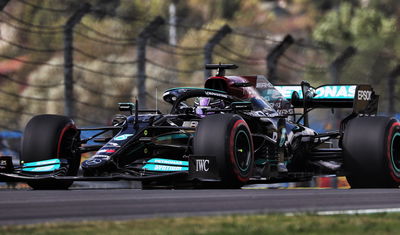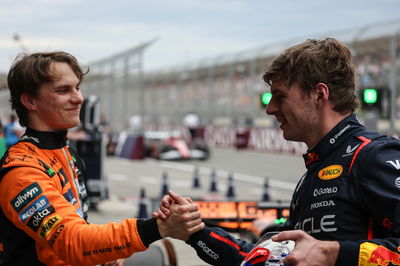Why Mercedes has only taken a 10-place F1 grid drop for Hamilton
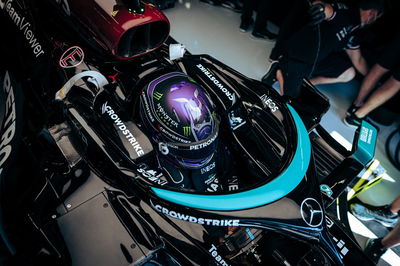
After admitting to having “question marks” over its engine reliability with Mercedes already being forced to change Valtteri Bottas’s power unit at the last two events, the reigning world champions have opted to make a strategic engine change on Hamilton’s car.
Hamilton switched to his third and final permitted set of power unit elements at the Belgian Grand Prix in August but lost one engine from his pool following a stoppage during Friday practice at Zandvoort.
With Mercedes not willing to risk the potential double-whammy of a failure in a grand prix and subsequent penalty for the next race, the team has elected to take the hit now and boost Hamilton’s allocation with a fresh engine for the remaining seven races.
But rather than making wholesale power unit changes, Mercedes has only decided to install a fourth internal combustion engine (ICE), a move which triggers an automatic 10-place penalty.
Mercedes trackside engineering director Andrew Shovlin explained the thinking behind the call after opening practice on Friday.
“We’re simulating all the races until the end of the year and there’s the balance of the risk of a reliability issue and obviously the thing you definitely don’t want to do is fail during a race and then have to take a penalty anyway,” Shovlin told Sky Sports.
“Then there’s also a performance element, because the power units do lose a bit of horsepower over their life.
“Now the 10-place penalty - the bit that most contributes to the reliability and the performance is the ICE itself - and it’s better to take 10 places than start at the back.”
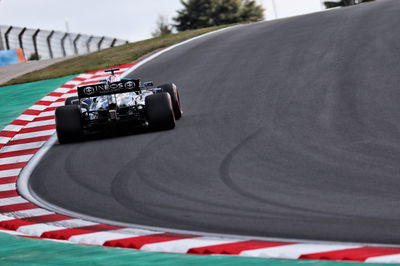
If Hamilton were to claim pole position in qualifying, the highest position he could start Sunday’s race from would be 11th.
Hamilton dominated opening practice in dry conditions on Friday morning but there is a threat of rain potentially arriving on Saturday when qualifying takes place.
Mercedes struggled in a wet qualifying session at Istanbul last year, with Hamilton ending up P6 on the grid after missing out on pole by almost five seconds.
Asked if Mercedes will consider changing all of Hamilton’s power unit components if qualifying does not go well, Shovlin replied: “Unlikely really.
“It’s a lot of fairly intrusive work when you start changing those elements during a race weekend. So we’re pretty happy with the decision that we’ve taken so far and it’ll be likely what we’ll stick with.”
Mercedes picked Turkey for the penalty because it felt it was one of the best tracks out of the remaining races in terms of overtaking opportunities.
That was demonstrated by Hamilton back in his GP2 days in 2006 when he pulled off an extraordinary fightback after an early spin dropped him way down to 19th.
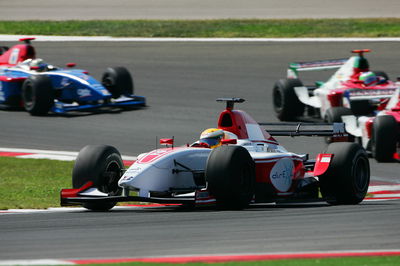
The Briton made light work of carving his way through the field and ultimately recovered to second.
“Working out how easy it is to overtake is actually quite hard, because you know in your own mind which of the tracks are good for passing,” Shovlin explained.
“Sochi has got a very long straight but we were struggling a bit with understeer, that made it tricky. But this is a circuit, remember Lewis in that GP2 race, he felt there was a lot of opportunity here and it should make for an exciting Sunday.”
However, Shovlin acknowledged the decision was especially difficult for Mercedes given how competitive it appears to be.
"It’s a double-edged sword isn’t it?,” he said. “It does make it easier to recover, but could it have been a race that Lewis could have won from pole?
“Obviously that balance is one of the things [we consider] but it is what it is and we just need to make the most of getting back and hopefully even having a chance to win.”
